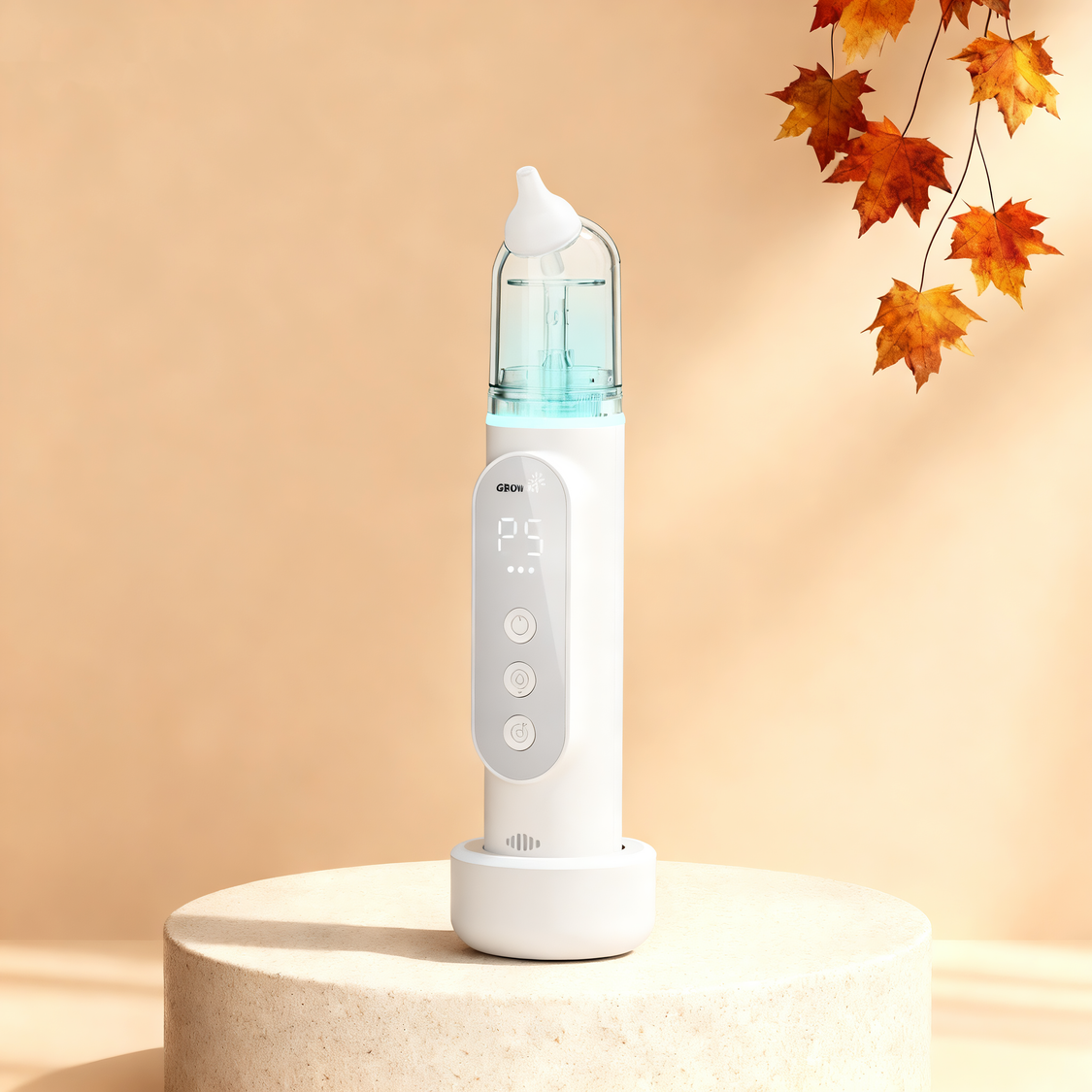Unlock the Secrets to Effortless Nasal Relief for Your Newborn!
As a new parent, one of the challenges you may face is managing your newborn's nasal health. Congestion in infants can lead to discomfort and irritability, making it difficult for them to feed and sleep. This situation is not uncommon; many parents find themselves searching for effective solutions to help their little ones breathe easier. One such solution is the nasal aspirator, a handy tool designed to relieve nasal congestion quickly and safely. By learning the right techniques for using a nasal aspirator, you can provide your newborn with the comfort they need and foster a more peaceful environment at home. In this article, we will explore the essential practices for using a nasal aspirator, ensuring you feel confident and equipped to tackle nasal congestion when it arises.

Understanding Nasal Congestion in Newborns
Nasal congestion in newborns can be caused by a variety of factors, including the common cold, allergies, and even environmental irritants such as smoke or dust. Unlike adults, infants are particularly vulnerable to these issues because their nasal passages are small and can easily become blocked. Symptoms of nasal congestion may include difficulty breathing, noisy or labored breathing, and irritability. Recognizing these signs early is crucial, as untreated congestion can lead to feeding difficulties and sleep disturbances. It’s important to monitor your newborn’s condition closely, as persistent congestion may necessitate a consultation with your pediatrician. Understanding the underlying causes of nasal congestion empowers parents to take proactive measures in providing relief.
Choosing the Right Nasal Aspirator
When it comes to nasal aspirators, parents have a choice between manual and electronic options, each with its own set of advantages and drawbacks. Manual aspirators, often resembling a bulb syringe, are operated by squeezing and releasing to create suction. They are typically easy to use and clean but may require a bit of practice to master. On the other hand, electronic aspirators use battery power to generate suction, making the process quicker and sometimes less invasive for the baby. However, they can be more expensive and may require additional maintenance. When selecting a nasal aspirator, consider factors such as safety, ease of use, and the comfort it provides for your newborn. A good aspirator should be gentle yet effective, ensuring that you can manage your baby's nasal congestion with confidence.
Step-by-Step Guide on How to Use a Nasal Aspirator
Using a nasal aspirator may seem daunting at first, but with the right approach, it can be a straightforward process. Here’s a step-by-step guide to help you through:
- Preparation: Before you start, gather all necessary items: the nasal aspirator, saline solution (if desired), and tissues. Ensure your hands are clean by washing them thoroughly.
- Positioning the Baby: Lay your newborn on a changing table or a flat, safe surface. You can also hold them securely in your lap. It's crucial that your baby feels safe and comfortable during the process.
- Applying Saline Solution: If you have saline solution, place a few drops into each nostril to help loosen mucus. This can make suctioning easier and more effective.
- Using the Nasal Aspirator: Gently insert the tip of the aspirator into one nostril, ensuring it’s snug but not forcing it in. For manual aspirators, squeeze the bulb to create suction, then release it to draw mucus into the device. For electronic types, simply activate the suction as per the manufacturer's instructions.
- Repeat: If needed, repeat the process on the other nostril. Remember to clean the aspirator after each use to maintain hygiene.
- Monitor Your Baby: After using the aspirator, check to see how your baby is feeling. If they appear more comfortable and are breathing easier, you've done well!
By following these simple steps, you can safely and effectively clear your newborn’s nasal passages, providing them relief from congestion.
Tips for a Successful Experience
Creating a calm environment is key to a successful nasal aspirator experience. Dim the lights and play soft music or white noise to soothe your baby. Additionally, consider using gentle soothing techniques, such as a light massage or cuddling, to help them relax before and after the process. Parents often find that talking softly to their newborn can also help ease anxiety and make the experience more comfortable.
Aftercare and Maintenance
After using the nasal aspirator, it's essential to clean the device thoroughly to prevent bacteria buildup. Disassemble the parts as per the manufacturer’s instructions and wash them with warm soapy water. Rinse well and let them air dry completely before reassembling. Keep an eye on your newborn’s condition after aspiration; monitor their breathing and overall comfort. If nasal congestion persists for more than a few days or worsens, it’s advisable to consult your pediatrician for further evaluation and guidance. Keeping track of your baby's symptoms can help ensure that they remain healthy and comfortable.
Empowering Parents for Better Nasal Health
In summary, understanding how to properly use a nasal aspirator can significantly improve your newborn's nasal health and overall comfort. By recognizing symptoms of nasal congestion, choosing the right aspirator, and following the correct techniques, you can become an effective advocate for your baby's well-being. Remember that maintaining good nasal hygiene is essential, and don't hesitate to reach out to a healthcare professional if you have concerns. With the knowledge and skills gained from this article, you are now better equipped to provide your little one with the relief they need, ensuring a happier and healthier start to life.



